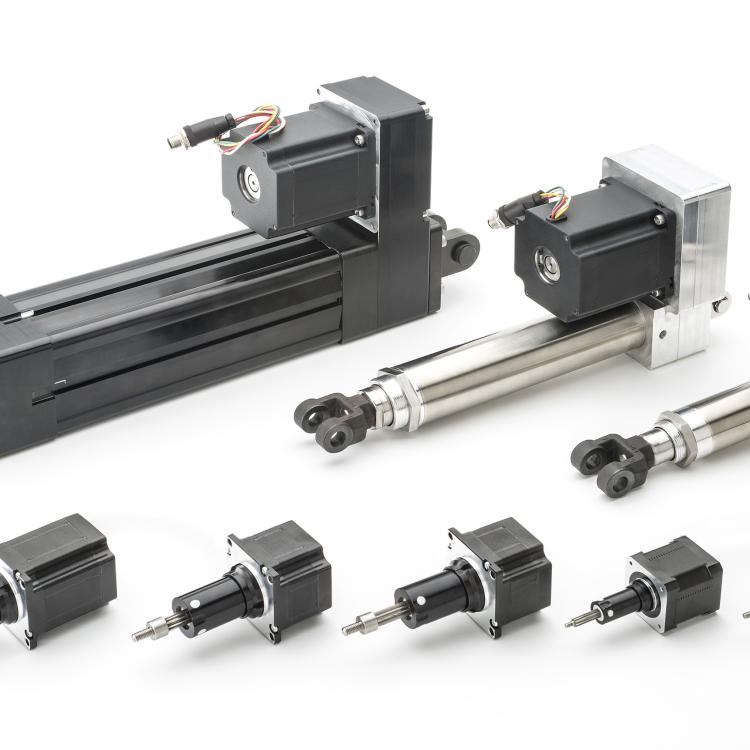-
- tel Call +1 (888)-290-3215
- email experts@r2r.tech
Unwind/Rewind Guide
Roll-2-Roll® Actuators
Simplify your setup without sacrificing accuracy
Roll-2-Roll® Actuators are suitable for any type of web guide including displacement guides, steering guides, unwind guides, rewind guides, turnbars, etc.
Brushless stepper or brushless servo actuators provide high thrust, high speed, high precision and reliable operation without the hassles of maintenance with most brushed actuators.
SCU5 MD Wiring with MC QD 1180/1181/1211/1230/1231/1260 + Regen Clamp + Unwind/Rewind Actuator
Motor Controller - MC QD 1180/1181/1211/1230/1231/1260: 2D Drawing
SCU5 MD Wiring with MC QD 1180/1181/1211/1230/1231/1260 + Web Guide Actuator
Web Guiding Fundamentals - End and Center Pivot Guides
End and Center Pivot Guides - Not a commonly used web guide in the industry
End and center pivot guides do not displace the web, they only have the angle of rotation to reposition the web. This makes them very slow in term of response, and therefore, are not an ideal choice in web guiding options.
- Read more about Web Guiding Fundamentals - End and Center Pivot Guides
- Log in or register to post comments
Web Guiding Fundamentals - Summary of Unwind and Rewind Web Guides
Unwind and rewind web guide systems are used at the start and end of the converting lines. That is why they are referred to as terminal web guides. So, what is required to properly incorporate a terminal web guide in your converting line based on web guiding fundamentals?
Web Guiding Fundamentals - Rewind Web Guide Structure
Rewind Web Guide Structure
In a previous blog we discussed the unwind web guide structure. Typically, these are made up of a shifting stand, an actuator to move the shifting stand, a fixed sensor mounted on the fixed base of the machine between the last shifting idler roll and a fixed roll, a controller, and of course, the web. Today we look at the rewind web guide structure.
- Read more about Web Guiding Fundamentals - Rewind Web Guide Structure
- Log in or register to post comments
Web Guiding Fundamentals - Unwind Web Guide Structure
Within the group of terminal web guide systems, there are two basic types: Unwind web guide systems and rewind web guides systems.
Both systems have basically the same components, but they work differently. Let’s look at the unwind web guide structure.
- Read more about Web Guiding Fundamentals - Unwind Web Guide Structure
- Log in or register to post comments

